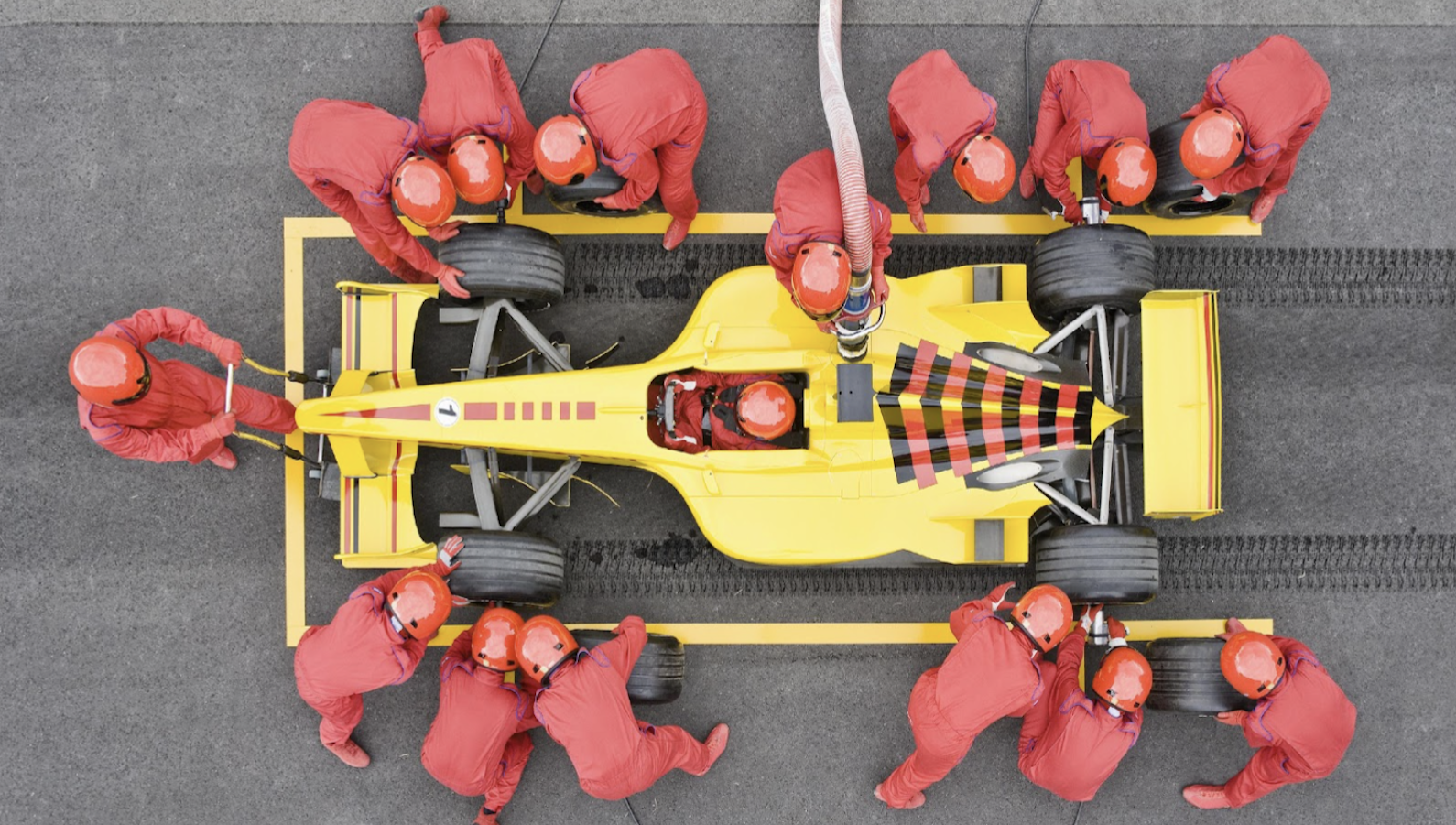KEY TAKEAWAY:
--Auto insurers are chasing rate increases -- but based on outdated models. SUVs are holding their value much more like trucks than like cars, so traditional models don't reflect the value at risk with the current auto fleet, and consumers are buying lots of them, so their share keeps growing.
----------
A funny thing happened on my way to Japan (courtesy of an untimely layoff). I spent the Monday before the Tuesday morning flight from Los Angeles to Tokyo doing a “Marty” and tailgating at the fall meeting of the Casualty Actuarial Society (CAS) at the Westin Bonaventure Hotel & Suites.
A “Marty” in this respect is showing up in the public space around an industry event and connecting with friends and new contacts – a handy way to network while unemployed and off the corporate expense account. (I do get clearance to pop in informally – a nod to the decades of presentations I have made at these types of gatherings.)
Two years prior (almost to the day), I addressed a crowd of executives at the American Property Casualty Insurance Association (APCIA) meeting on customer satisfaction, empathy and of course, risk-based pricing. The economists at the Bureau of Labor Statistics (BLS) had recently adopted a new method to generate insights on the cost of vehicles – new and used. The method was a seeming sea change from economic tradition of trended attributes over time, to a very modern and big data approach that sampled actual sales transactions. While the BLS techs cited a variety of data sources they could use, they affirmed that data from J.D. Power was their current source.
In a whirlwind 24 months, I took a crash course into all things automotive, and here in my 25th month I am sharing how to apply my newly gained knowledge into the 25 years of insurance analytics I've witnessed since moving from healthcare to P&C back in 1998. Far from this being a soliloquy, I have had literally dozens upon dozens of conversations with actuaries, product managers, data scientists, executives, vendors, competitive researchers, consultants, industry analysts and regulators.
Here is where things are…and likely what’s next.
See also: Automakers Build New Insurance Future
The Value of a Vehicle Has Lost Meaning
In the lobby of the Westin, I held court at breakfast tables and at the lobby tables – those floating by the central coffee bar and the ones on the other side by the pseudo-café near the rideshare rally point. Chief actuaries, CAS dignitaries, session speakers and a raft of long-tenured attendees variously stopped by, including a bunch of colleagues from my ISO days (2006-2014), many of whom have found leadership roles both at and beyond ISO.
Restless quarters of broad-based rate taking had started to improve loss ratios. Progressive had just posted a great third quarter and was expected to begin to grow again (on purpose) soon. Investments were contributing to improving loss ratios, as well. But there was a definite “something missing.” Some explanation was needed for why everything done so far was still largely not enough, especially for physical damage.
The ”I told you so” temptation was palpable, but being out of work did temper my flair. Instead, I walked folks through the presentation I made the Friday before -- “Collateral Valuation Risk,” at the Model Risk Managers’ International Association Summit on Best Practices.
The data explaining the value at risk for vehicles was at odds with current pricing practices developed using decades of experience. At the heart of the issue – the SUV.
This style of vehicle, the SUV, acts like a truck for holding its value longer than cars, and it also dominated all new vehicle sales in recent years. The change in product mix was blowing up historical trends, and then the pandemic magnified the effect in every possible way – used values, replacement values, trim and option upgrades and “above MSRP” sales across the country.
Existing "set it and forget it" valuation methods used a traditional two-step pricing classification for physical damage base rates: (step 1) MSRP Base Price New and (step 2) the staid and systemically used Year-Model Factor tables. This process had never seen a body style product mix shift like the rise of the SUV in the prior 50-plus years in use.
What Goes Up Stays Up
While there is no doubt added turmoil when mixing in electric and hybrid power trains and all sorts of ADAS technologies, the simple value of the subject at risk clarifies why base rate bloat is not improving things as hoped.
The older vehicles in operation are mostly automobiles and are already at their lowest factor in the Year-Model Factor tables – both national tables and state-specific tables level off near the 30% of base price new figure. Increasing premium on those vehicles by a large percentage is offset by its small marginal contribution. On the other end of the spectrum, newer SUVs were retaining value and even selling above asking price. So, eight out of 10 newer vehicles broke ranks with cars, and the value of the subject at risk was much higher than historical Year-Model Factors.
We don’t need slide rules and integral calculus to figure out that when the value of what is being insured goes way up, the price to risk should, too. Comically, the consumer interest in more trucks (SUVs) triggered this outcome – the pandemic, ADAS, supply chain and the EV things are just normal, and abnormal, cyclic happenings.
Risk Management Opportunities in Auto Insurance
Risk-based pricing practices have evolved to deepen the segmentation of both the risk of a risk and the value of a risk. Pricing accuracy may improve along perils, coverages and loss costs and be associated to the changing value of the subject at risk. That is, except for standard personal auto insurance, where the traditions for valuation of the subject at risk have left the industry too inflexible to deal with changing times and changing consumer choices.
Most important for current and future pricing issues is that the change over time of consumer appetite for brands, body styles and optional features means that the mix of vehicles in operation and their loss-cost dynamics cannot fit into inflexible traditional processes.
See also: Crash Detection Will Transform Auto Claims – No, Really
Practical Advice Over Coffee and Follow-Up Calls
Many vehicles have wide dollar gaps between base configuration and “as built” configuration – meaning that on day 1 the insurance value is too low. As well, wide disparities of future values are found among brands, body styles and trim levels. What may make more sense is better alignment with “as built” beginning values for new vehicles and using actual cash values for similar “as built” used vehicles. You can still float a percent of “as built” rule for meshing in decades of prior premiums, but you need to get to current insurance-to-value levels for the policies in force today.
Rate-filing reviews across states and carriers conclude that in personal auto insurance the standard approach is to use easy-to-access estimates of base model new vehicle values (MSRP base price new) and then predict that all vehicles always get cheaper than that top value over time (a common Model-Year Factor curve regardless of brand or configuration -- body style, drive train, engine size, luxury upgrades or technology features).
Sometimes the factor curve will vary by state versus a national curve to account for regional pricing economies, but each is monotonically descending and starts with the lowest MSRP for the vehicle in the make, model, year description. More granular uses of MSRP pricing are evident with the use of structured vehicle identifier number sequences, but the result is the same – none of the added optional features or "as built" features above the base price new are included in the value of the subject at risk.
Both the value at risk and the risk of the risk are in flux with no clear end in sight. This makes old models and existing predictions sometimes unfit for use, while leaving new data and new models sometimes in the lurch while companies scramble to survive.
A mindful and auditable governance structure for analytics is emerging for next-generation models, yet more work needs to be done to transparently understand existing models and methods institutionalized over the last several decades.








